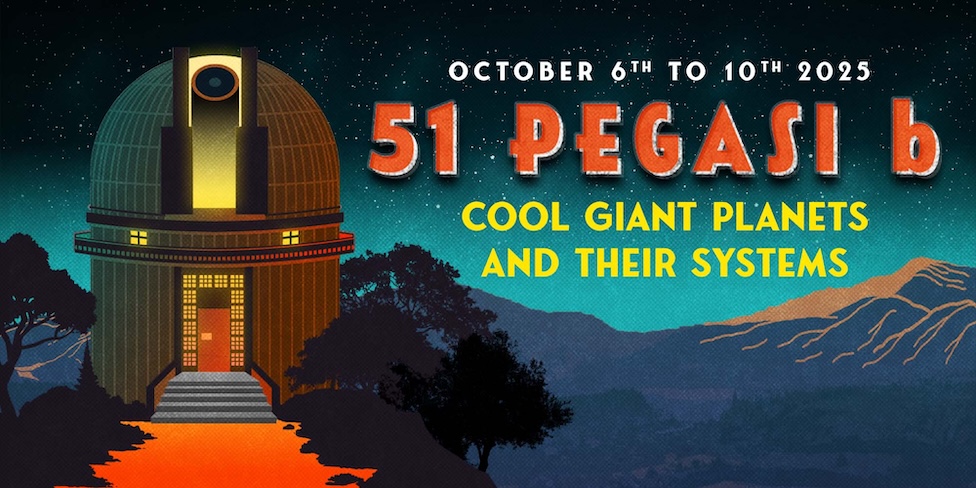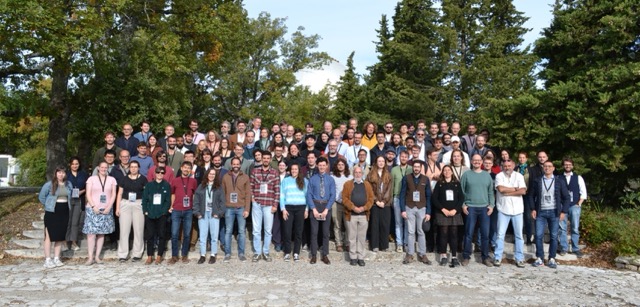
|
|
|
|
Thank you! Scientific rationale This conference will celebrate the 30th anniversary of the discovery of planet 51 Peg b, at OHP where it all started, from 6 to 10 October 2025. This year edition will focus on long-period giant planets and their systems in the current observational context: long-term radial velocity surveys, direct imaging and spectroscopy of young systems, high-accuracy orbital monitoring with interferometry, microlensing detections, characterisation of planetary companions at high spectral resolution, and the upcoming release of ESA/Gaia DR4 data that holds great promise for the exoplanet field. The conference will be divided into six major areas:
Invited speakers The list of invited speakers is not complete yet, but you can find below the speakers that are already confirmed: Michiel Lambrechts (University of Copenhagen) Brendan Bowler (UCSB) Amaury Triaud (University of Birmingham) Christoph Mordasini (University of Bern) Ravit Helled (University of Zurich) Jonathan Fortney (UCSC) Elisabeth Matthews (MPIA) ]ayne Birkby (University of Oxford) Johannes Sahlmann (ESA) Alex Ziampras (LMU Munich) Andrew Howard (Caltech)
Contributed talks Speakers are invited to highlight why studying giant long-period exoplanet is so exciting now. Some of the most important questions in the field that could be addressed by contributed talks are:
You can submit a proposed contribution here.
Important dates Announcement: Jan.2025 Opening of pre-registration: 01/03/25 Abstract submission deadline : 01/05/25 > EXTENSION DEADLINE 16/05/2025 Programme announcement: 01/07/25 Registration deadline: 15/09/25 Conference: 6-10 October 2025 |


